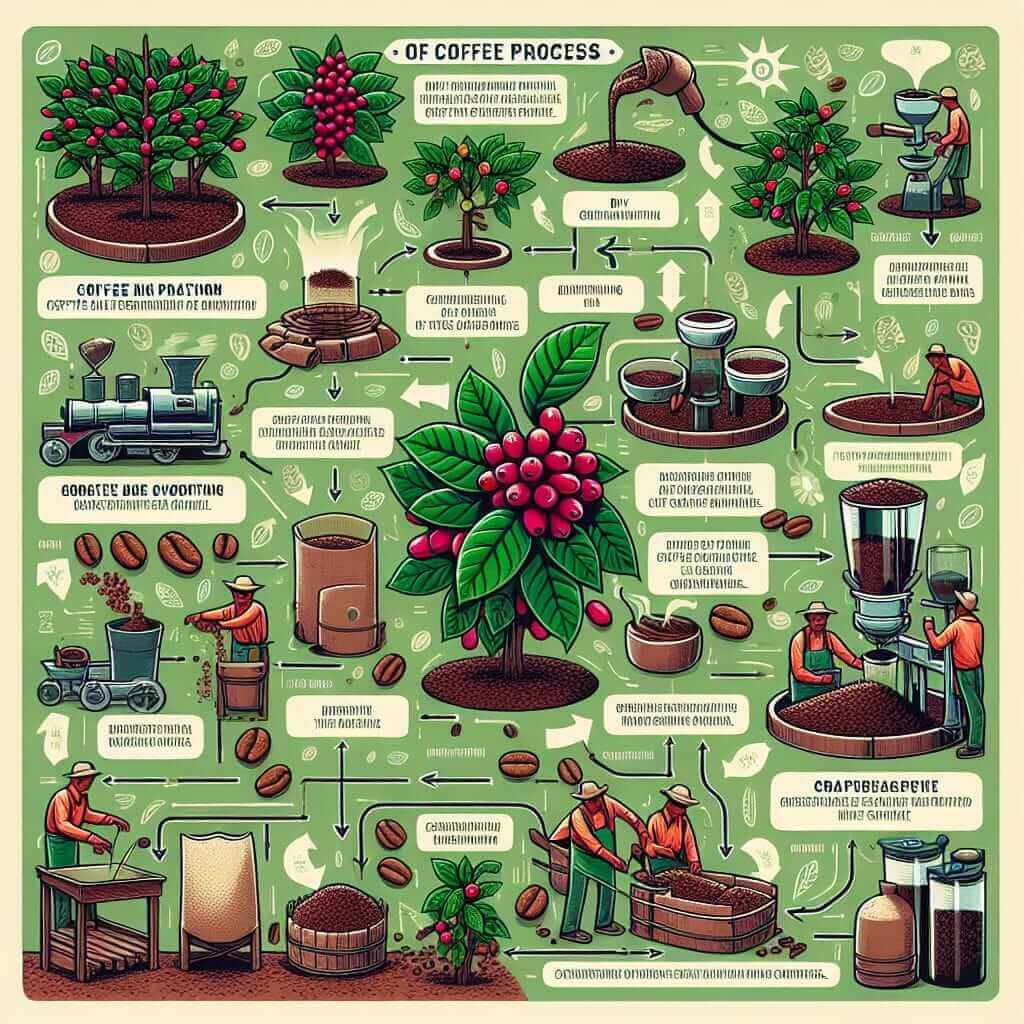Mastering the IELTS Writing Task 1 is crucial for achieving a high band score. This task requires you to summarise and describe visual information, which could be a graph, chart, map, or a process diagram. This guide focuses specifically on how to write task 1 IELTS diagram and process essays, providing you with the essential tools and strategies for success.
Understanding IELTS Diagram and Process Essays
What is an IELTS Diagram Essay?
In a diagram essay, you will be presented with a visual representation of information, such as a diagram depicting the structure of a machine, a cycle illustrating a natural phenomenon, or a comparison of different objects. Your task is to analyze the diagram and present the information in a clear, concise, and organized manner.
What is an IELTS Process Essay?
A process essay requires you to describe a process, which could be anything from manufacturing a product to the life cycle of a butterfly. You will need to explain each step of the process logically and use appropriate sequencing words to ensure clarity.
Key Steps to Writing a Successful Diagram or Process Essay
1. Analyze the Visual Information
Before you start writing, take a few minutes to carefully examine the diagram or process. Identify the key components, stages, or steps involved. Pay attention to any labels, units of measurement, or other relevant details.
2. Plan Your Essay Structure
A well-structured essay is essential for coherence and clarity. Here’s a suggested structure:
Introduction:
- Paraphrase the question, providing an overview of what the diagram or process illustrates.
- Example: “The diagram illustrates the process of…” or “The chart compares the structure of…”
Body Paragraphs:
- Divide the information into logical paragraphs.
- For diagrams, group similar elements together or describe the structure in a spatial manner.
- For processes, explain each step clearly, using sequencing words (e.g., firstly, secondly, next, finally).
Overview:
- Provide a concluding paragraph that summarizes the key trends or features shown in the visual information.
- Avoid introducing new information in this paragraph.
3. Use Precise Language and Vocabulary
- Use specific vocabulary related to the topic and avoid general terms.
- Employ a range of grammatical structures to demonstrate your language proficiency.
- Be sure to use the passive voice when describing processes, particularly when the focus is on the action rather than the agent.
4. Pay Attention to Grammar and Mechanics
- Use correct grammar, spelling, and punctuation.
- Errors in these areas can detract from your score.
- Proofread your work carefully before submitting.
Example: Describing a Process
Question: The diagram below shows the stages involved in the production of coffee.

Sample Answer:
The diagram illustrates the process of coffee production, from the initial cultivation of coffee beans to the final packaged product ready for consumption.
The process commences with the planting of coffee beans. Once the beans have matured, they are harvested and then processed to remove the outer layers. This involves drying the beans in the sun and then removing the pulp and parchment layers.
Following processing, the green coffee beans are graded for quality and then roasted at high temperatures. Roasting is a crucial stage that determines the flavor and aroma of the coffee. After roasting, the beans are cooled and ground into particles of varying sizes, depending on the desired brewing method.
Finally, the ground coffee is packaged for distribution and sale. Consumers can then purchase their preferred type of coffee and enjoy a freshly brewed cup.
Tips for Success
- Practice Regularly: Familiarize yourself with different types of diagrams and processes by practicing regularly.
- Time Management: Allocate your time wisely – aim to spend around 20 minutes on this task.
- Focus on Clarity: Your primary goal is to present the information clearly and accurately.
- Proofread Carefully: Allocate a few minutes at the end to review your work for any errors.
By following these tips and strategies, you can enhance your ability to effectively describe diagrams and processes in IELTS Writing Task 1. Remember that consistent practice and a focus on clarity are key to achieving a high score.